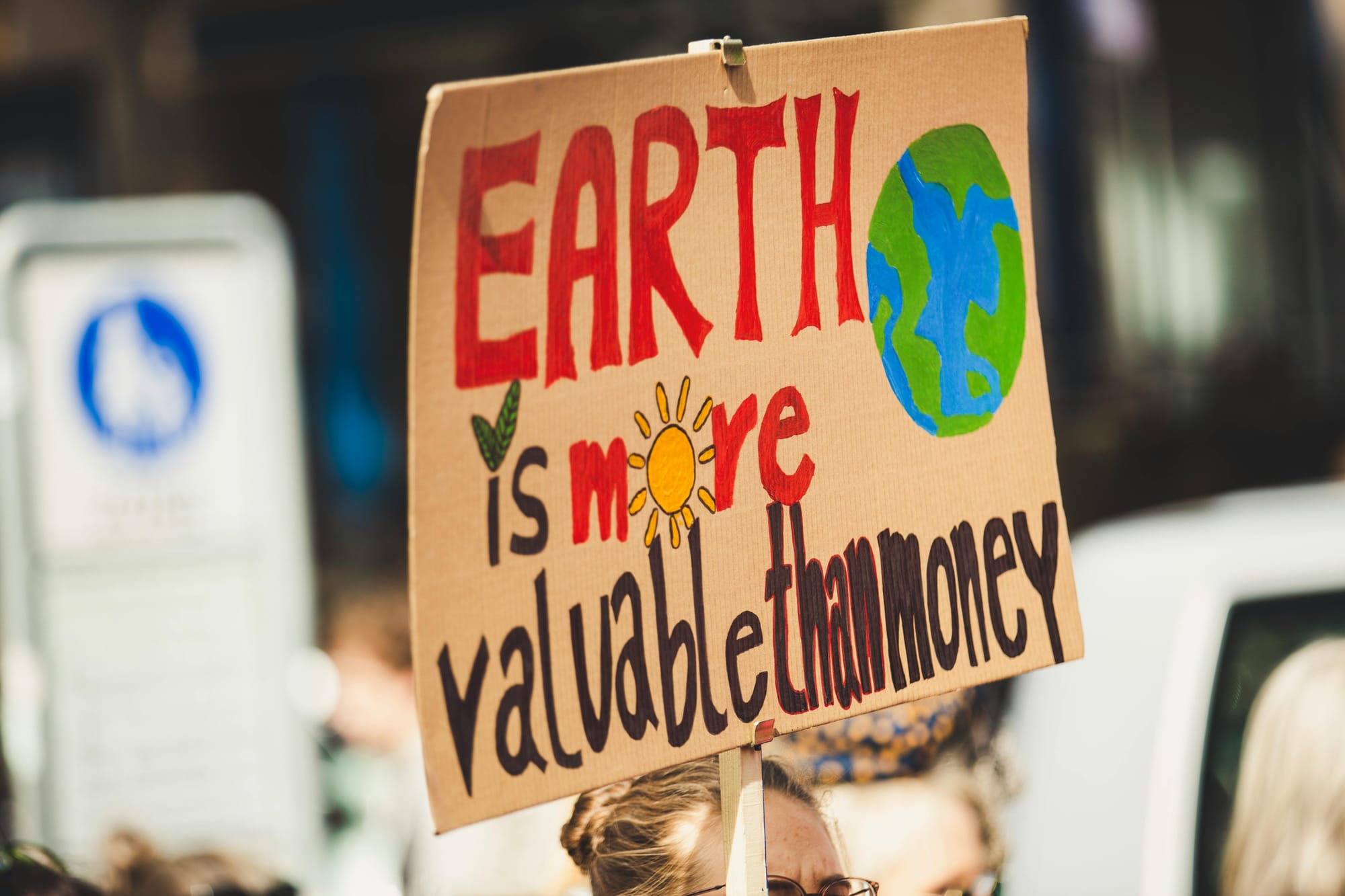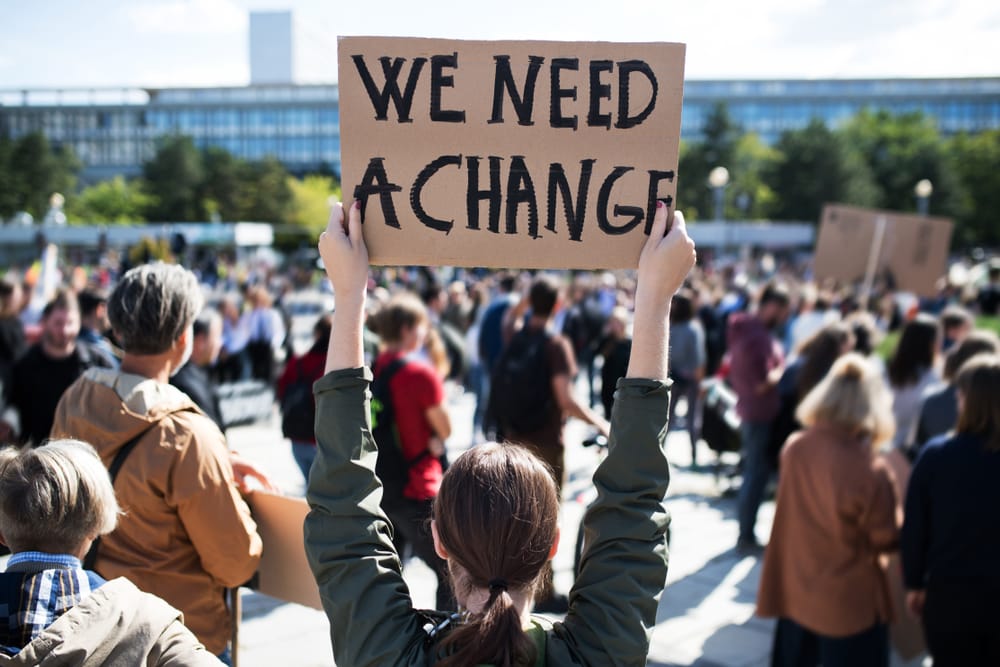United States proposes new climate change regulations and policies

New US Climate Change Regulations: Paving the Way for Sustainable Development
The urgency of addressing climate change regulations has never been greater. The United States, as a significant player in global climate policy, has recently introduced initiatives that highlight its commitment to environmental responsibility. From the Paris Agreement to net-zero emissions targets, these efforts align with global sustainability and renewable energy transitions aimed at mitigating climate change. The clock is ticking, and it’s clear that proactive strategies are essential for our planet's future.
Introduction to the New US Climate Policy
The new US climate policy focuses squarely on tackling climate change. At the heart of this policy is an ambitious plan in alignment with the Paris Agreement, striving to reduce global warming effectively. By aiming to cut carbon emissions drastically, the United States is taking a critical path toward clean energy and environmental preservation. The roadmap outlines a vigorous agenda that stands to make a meaningful impact on climate change impact mitigation.
- Core Targets: Achieving a major reduction in carbon footprints.
- Focus on Renewable: Emphasizing renewable energy over fossil fuels.
- Legislative Backbone: Strengthening laws to support sustainable energy shifts.
Key Components of the US Climate Action Plan
Within the US climate strategy lies a range of strategic initiatives focused on clean energy and renewable transitions. This plan is not just about embracing green energy; it also seeks to improve energy efficiency and support the development of clean energy technologies. By reducing greenhouse gas emissions, these initiatives underline America's pledge to environmental protection and sustainable advancement.
- Renewable Switch: Mainstreaming green and clean energy technologies.
- Efficiency Boost: Innovations aimed at improving energy efficiency.
- Sustainable Development: Creating pathways for minimal carbon output.

Implementation and Challenges of the Climate Change Impact
Implementing these climate-focused policies is no small feat, particularly given the resistance to environmental regulations. Transitioning from fossil fuels to renewable sources poses its share of challenges, from economic hurdles to the logistics of new technologies. Yet, promoting eco-friendly practices is essential for climate change mitigation, and adapting to these changes can usher in a new era of environmental stewardship.
- Resistance Factors: Economic and logistical hurdles to policy enforcement.
- Fossil Fuel Migration: Complex techniques required for transitioning.
- Adaptation Importance: Necessity for embracing eco-friendly practices.

Global Implications and Sustainability Goals
The US has always held a unique position in the global arena. Its actions can potentially spur worldwide eco-friendly practices, proving to be a catalyst for global warming mitigation and sustainable initiatives. As the US ramps up its commitment to net-zero emissions, it not only strengthens its own policies but also encourages other nations to follow suit in climate science innovation.
- Global Impact: US initiatives could inspire worldwide change.
- Net-Zero Pathway: Contributing to international sustainability targets.
- Innovation Leap: Sparking new developments in climate science globally.
Conclusion
In conclusion, the anticipated benefits of these regulatory efforts from the US are substantial. They offer hope for a future where eco-friendly practices are the norm and climate change adaptation is a priority. Collaboration between the public and private sectors is vital to enhance these climate actions further, ensuring broader environmental protection for generations to come. Through these channels, the United States is poised to lead by example, steering the world toward a more sustainable path.




